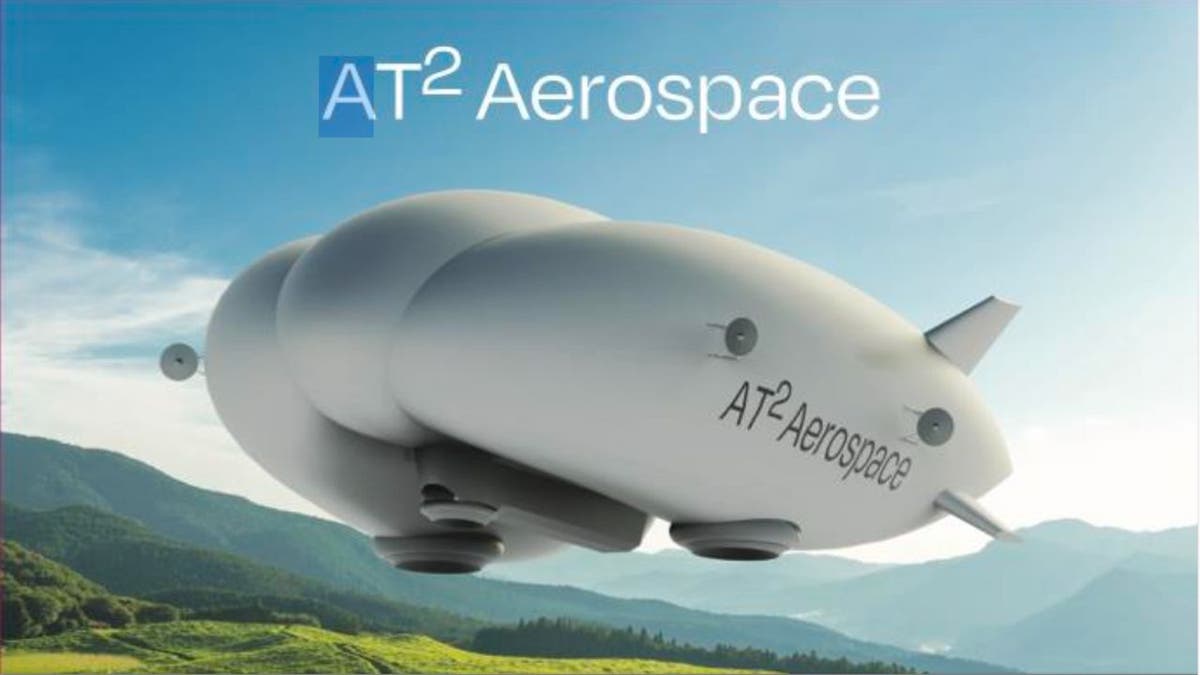
The Airship Rises Again: Can Hybrid Technology Revolutionize Cargo Transport?
The Hindenburg disaster of 1937, a horrific event that claimed 36 lives, effectively grounded passenger airship travel and cast a long shadow over lighter-than-air technology for decades. Airships were relegated to the fringes, used primarily for advertising or surveillance, their potential largely untapped and overshadowed by the tragedy.
However, innovation rarely sleeps, and now a groundbreaking spin-off from Lockheed Martin, known as AT² Aerospace, is resurrecting the airship concept with a modern twist: hybrid airships explicitly designed for environmentally conscious cargo transport. This revival signals a potential paradigm shift in the world of logistics, offering a promising alternative to traditional, carbon-intensive methods.
Recent developments underscore the growing momentum behind this resurgence. AT² Aerospace has announced purchase orders for its Z1 hybrid airships from Straightline Aviation and Arctic Airships, a clear indication of commercial interest and confidence in the technology.
At the heart of this renewed enthusiasm lies the Z1 hybrid airship, a truly colossal vessel. Capable of carrying up to 23.5 tons (21 metric tons) of cargo, the Z1 aims to minimize its environmental footprint while drastically reducing fuel consumption compared to traditional aircraft. Crucially, unlike the ill-fated Hindenburg, which relied on highly flammable hydrogen, the Z1 utilizes helium for lift. Helium, a non-flammable gas, provides the majority of the airship’s buoyancy. This, combined with advanced aerodynamic design and cutting-edge propulsion systems, ensures both safety and efficiency.
The Z1’s innovative design blends lighter-than-air buoyancy with advanced engineering principles. One of its most distinctive features is the tri-lobe hull, a design inherited from Lockheed Martin’s earlier airship projects. This configuration, characterized by a raised central lobe flanked by two side lobes, significantly enhances lift efficiency and overall stability.
Adding to its versatility, the Z1 incorporates an Air Cushion Landing System, allowing it to take off and land on virtually any flat surface. This includes challenging terrains like sand, ice, water, and uneven ground, eliminating the need for conventional runways. This capability unlocks access to remote and previously inaccessible regions, opening up new possibilities for cargo transport.
The Z1 is also equipped with vectored thrust propulsion and advanced onboard systems for precise weather prediction and route planning. These features enable it to travel over 1,400 nautical miles at speeds of up to 60 knots. The hybrid lift system seamlessly integrates helium’s natural buoyancy with vectored thrust from the engines, resulting in optimal efficiency and control.
The implications of this innovative design are significant. Fuel consumption is reduced to just one-fifth of what a heavy-lift helicopter would use, making the Z1 particularly well-suited for transporting goods to remote and difficult-to-access areas such as the Arctic or the Amazon rainforest. This represents a significant leap forward in sustainable cargo transport.
The Z1 effectively addresses two crucial challenges in contemporary transportation. Firstly, it provides a viable solution for reaching remote regions where conventional cargo planes and helicopters face prohibitive costs and logistical hurdles. Its ability to land without airstrips unlocks affordable transport options for industries such as mining, disaster relief, and medical supply delivery in isolated communities.
Secondly, the Z1 contributes to the urgent global effort to reduce carbon emissions. The transport sector, encompassing cars, trucks, trains, ships, and airplanes, currently accounts for over 40% of worldwide carbon emissions. The Z1’s low fuel consumption and ability to overfly environmentally sensitive areas quietly present a scalable alternative for freight transport with minimized environmental impact.
The recent $50 million order from Straightline Aviation demonstrates strong belief in the Z1’s commercial viability, with the first delivery expected by 2028. Arctic Airships has also placed orders for two airships, specifically targeting operations in Alaska’s challenging terrain.
"Our hybrid airships will transform cargo transport by providing an environmentally responsible solution while maintaining operational efficiency," stated Dr. Bob Boyd, CEO of AT² Aerospace. He added, "Our aircraft not only optimizes cargo movement in challenging terrains but also aligns with the industry’s increasing focus on environmental responsibility and cost efficiency."
The Z1 hybrid airship represents a tangible and practical response to the pressing challenges we face in logistics and environmental sustainability. By combining established lighter-than-air technology with advanced, fuel-efficient propulsion, AT² Aerospace is pioneering a new era of sustainable transport.
The development is encouraging, highlighting that the sky is no longer the limit when it comes to responsible cargo transport. It remains to be seen whether hybrid airships and sustainable fuels can realistically transform aviation at the speed needed to mitigate the worst effects of climate change.
This airship resurgence prompts important questions. Can this technology truly scale to meet global cargo demands? Will regulatory hurdles and infrastructure limitations impede widespread adoption? And, perhaps most importantly, can the public overcome the historical stigma associated with airships and embrace this eco-friendly alternative? Only time will tell, but the potential for a revolution in cargo transport is undeniably in the air.
